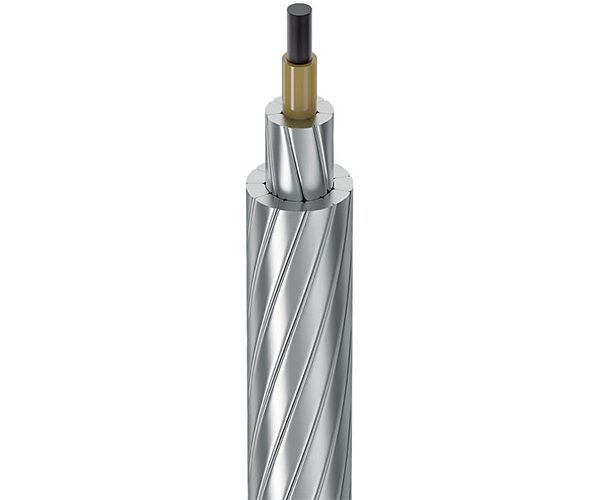ACCC/TW Conductor

Aluminum core composite core cable (ACCC /TW conductor Cable) is a new generation of traditional aluminum core steel core reinforced (ACSR conductor) cable. It is a new type of wire for overhead transmission lines. A form of conductor belonging to HTLS conductor. It has the advantages of lightweight, tensile strength, good thermal stability, small slippage, strong downstream ability per unit area, and corrosion resistance. This product is widely used in seaside, mining areas, high corrosion and pollution intensity, easy conductor jumping, and other environments. Fast and complete acceptance specifications guarantee our ability to deliver safely.
Aluminum Conductor Composite Core ACCC/TW Features
VERI Cables can supply ACCC conductors in ACCC Milan, ACCC Drake, ACCC Lisbon models. Our ACCC/TW conductors’ excellent performance and complete qualifications have enabled us to shine in many international projects, and we have successfully cooperated with Thailand, Nicaragua, Nigeria and other countries in overhead HTLS conductor projects.
ACCC/TW carbon fiber composite core cable is a new type of overhead power cable. It is a high-temperature low sag (HTLS) overhead power line conductor cable. The central performance reinforcement assembly of this cable is made of carbon fiber and fiberglass composites.
2-4 Examine the returned Type 1350 aluminum (alloy) conductor at the periphery of the reinforcement. The returned Type 1350 aluminum (alloy) wire meets the requirements of ASTM B857/ASTM B609.
Features
- Highly energy efficient and Cool
- Excellent strength-to-weight ratio
- High current carrying capacity
- Excellent sag characteristics
- Low wind and ice loading parameters
Overall the advantages of VERI’ ACCC/TW products are reflected in transmission capacity, wire sag, wire loss, reinforced core structure, and so on. At the same time, the product is very easy to install and replace, which can quickly replace the line at a lower cost and improve the transmission capacity of the line. This also brings great benefits to power companies. Ultimately, it brings convenience to industries, enterprises, and residents.
ACCC/TW Conductor Specification
Model | Cross-Sectional Area (mm²) | Outer Diameter (mm) | Tensile Strength (N) | Weight (kg/km) | Resistance (Ω/km @20°C) | Operating Temperature (°C) | Application |
ACCC Drake | 430 | 28.1 | 120,000 | 1,513 | 0.0683 | ≤ 210 | Transmission line modification, high current density |
ACCC Milan | 330 | 23.22 | 100,000 | 1152 | 0.0892 | ≤ 210 | City grid, long distance transmission |
ACCC Lisbon | 265 | 20.34 | 85000 | 870 | 0.1154 | ≤ 210 | Power transmission in high temperature environments |
ACCC Helsinki | 210 | 17.45 | 70,000 | 680 | 0.1457 | ≤ 210 | Medium-sized transmission projects |
ACCC Oslo | 150 | 14.36 | 55,000 | 475 | 0.2050 | ≤ 210 | Small-scale transmission projects |
ACCC/TW (Aluminum Composite Core) is one of the materials with high-temperature low sag (HTLS conductor). Other materials for high-temperature low trap conductors are the Invar Conductor series (TACIR and ZTACIR), Gap Type Conductor, ACSS Type Conductor, TACSR/AW Type Conductor, etc.
Advantages of ACCC Conductors
ACCC conductors combine the high performance and environmental benefits of today’s cables, making them ideal for optimizing modern transmission systems. Especially in high load, high temperature environments and long distance transmission scenarios, ACCC conductors are the ideal alternative to conventional conductors.
Application Areas
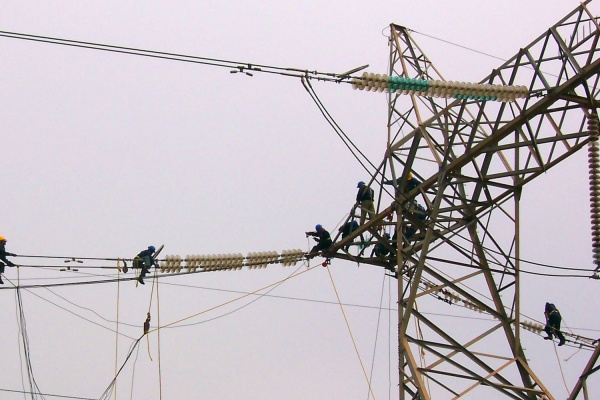
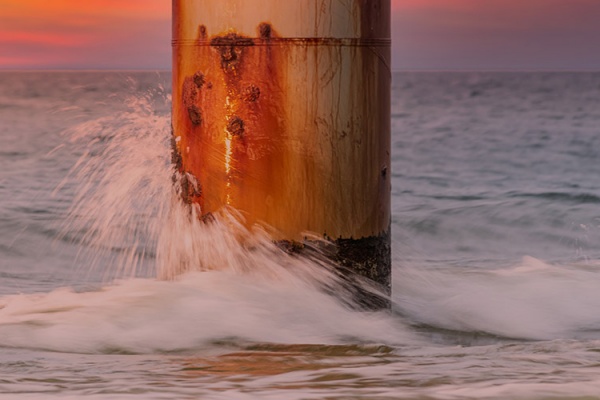
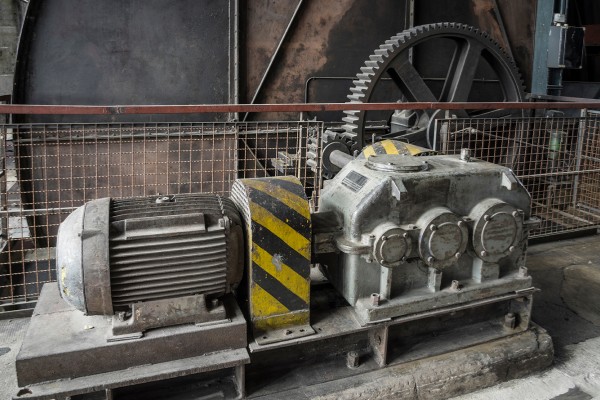






Related Certifications
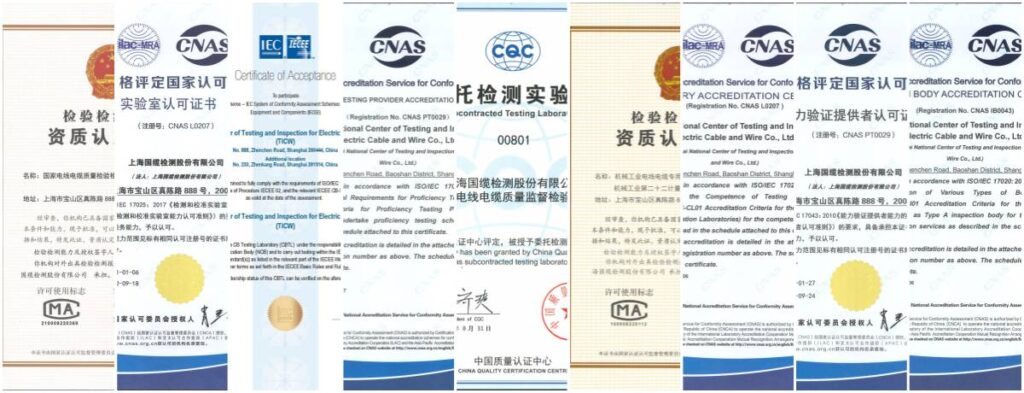
Environmental Value
1. Reducing transmission energy consumption
2. Supporting renewable energy development
3. Reduce the environmental impact of infrastructure improvements
4. Improve high-temperature operational stability and reduce grid accidents
5. Long service life reduces waste
6. Reduce greenhouse gas emissions
7. Support sustainable material development
What is the difference between ACSR and ACCC/TW?
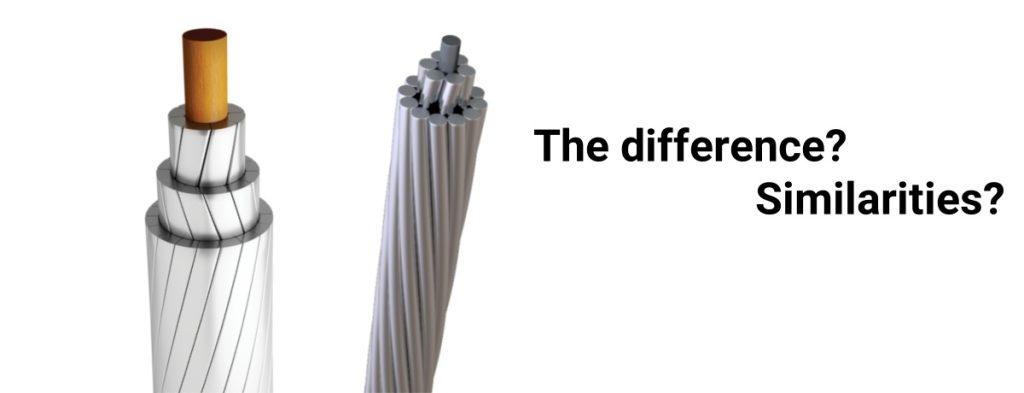
Although ACCC/TW and ACSR have their names, we can see that their most immediate difference is the material. But they are different in many ways.
- The ACSR has a maximum amperage of 1,266 amperes at 100° C and the ACCC/TW has a maximum amperage of 2,376 amperes at 200° C. The ACCC/TW has a maximum amperage of 2,376 amperes at 200° C.
- At 1,200 amperes, the conductor temperature is 93° C for the ACSR and 75° C for the ACCC/TW.
- The reserve capacity of the ACSR conductors is 66 amperes and the reserve capacity of the ACCC/TW conductors is 1,176 amperes.
The ACCC/TW can be distinguished from ACSR in addition to cables such as ACSS cable and ACCR. If you need to know more, please consult the vericable website.
Our Professional Services
Quality Certification
The products manufactured by VERI Cables comply with international standards such as GB, IEC, BS, NFC, ASTM, DIN, etc. Moreover, our technical team can provide cable customization services for your needs.
Customer Tracking
VERI provides free professional cable consulting services, one-stop project solution services, and fast product delivery solutions.
Professional Transportation
VERI Cables’ initial goal is to ensure fast and safe delivery of products while also providing the best packaging and transportation solutions to reduce customers’ transportation costs greatly.
Cable Packaging
VERI cable packaging is supplied in wooden reels, corrugated boxes, and coils. The ends are sealed with BOPP self-adhesive tape and non-hygroscopic sealing caps to protect the cable ends from moisture. We can print the required logo on the outside of the drums with waterproof material as per the customer’s requirement.

